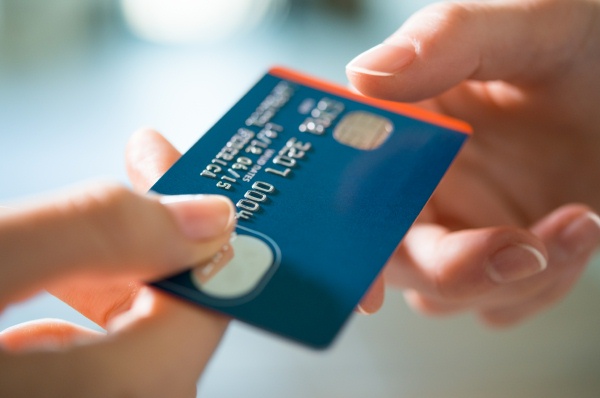Do you offer payment transactions via credit card in your store? Then your terminals should now be ready to accept chip-enabled cards—the newest generation of plastic money.
Also called EMV (Europay, MasterCard and Visa) cards, these cards are engineered with microprocessors that allow state-of-the art encryption of information, making sure every point-of-sale transaction is more secure and protected than ever before.
Upgrading your card terminals to units that can accommodate the chip-enabled cards is an investment you need to make mainly for two reasons.
One, you need it to comply with industry regulations. The law actually requires businesses to upgrade by October, although experts are saying that authorities will offer a bit more leeway on the deadline. They know that most companies, especially small- and medium-sized enterprises, will need more preparation to afford the upgrade.
Two, adopting the new standard will deliver significant business benefits. Credit card companies have started to issue the cards, so you can expect that many of your customers will be EMV holders in just a few months. Shifting to the system will allow you to serve more buyers and offer more efficient transactions to them.
Moreover, upgrading is a way to increase trust, which brings more sales, in your business. In the U.K., credit card fraud was reduced by 60 percent since chip-enabled credit cards became the standard. The superior security offered by these new cards therefore benefits both store and shoppers.
As a retailer, your first move to get your store ready for chip-enabled cards is to know all the relevant information about the new system. Take note of the deadline for the roll-out. Understand the step by step process to make the transition. Do research on suppliers and service providers to know the best options for your shop.
The next step is obtaining new terminals for your store. Expect that purchasing the units may require a sizeable financial investment, as well as time investment. You will need to coordinate with other parties such as your payment service provider, to integrate the new setup to your existing software system and inventory. The larger and more complex your lineup of products is, the bigger the amount of time you need to make the transition.
Lastly, invest in education—yours and your customers’. You need to familiarize yourself with the new processes that come with the new systems. And while the chip-enabled credit cards were built for enhanced security, understand that as of now, there is still no system that completely eliminates threats during financial transactions. Arm yourself with knowledge and educate your customers so you can minimize risks and enjoy the top advantages of chip-enabled cards.
Thank you for reading. Until next time, this is Manuel Gil del Real (MGR)





